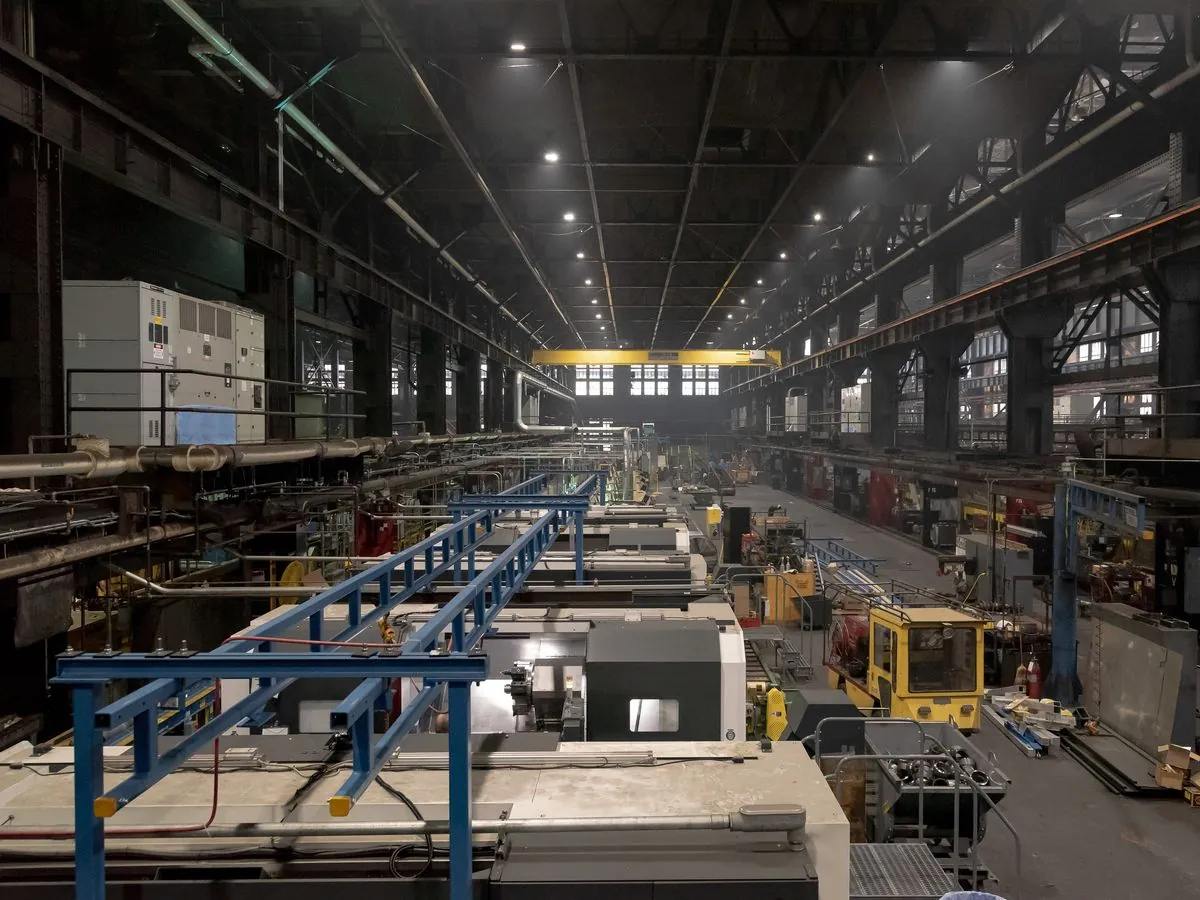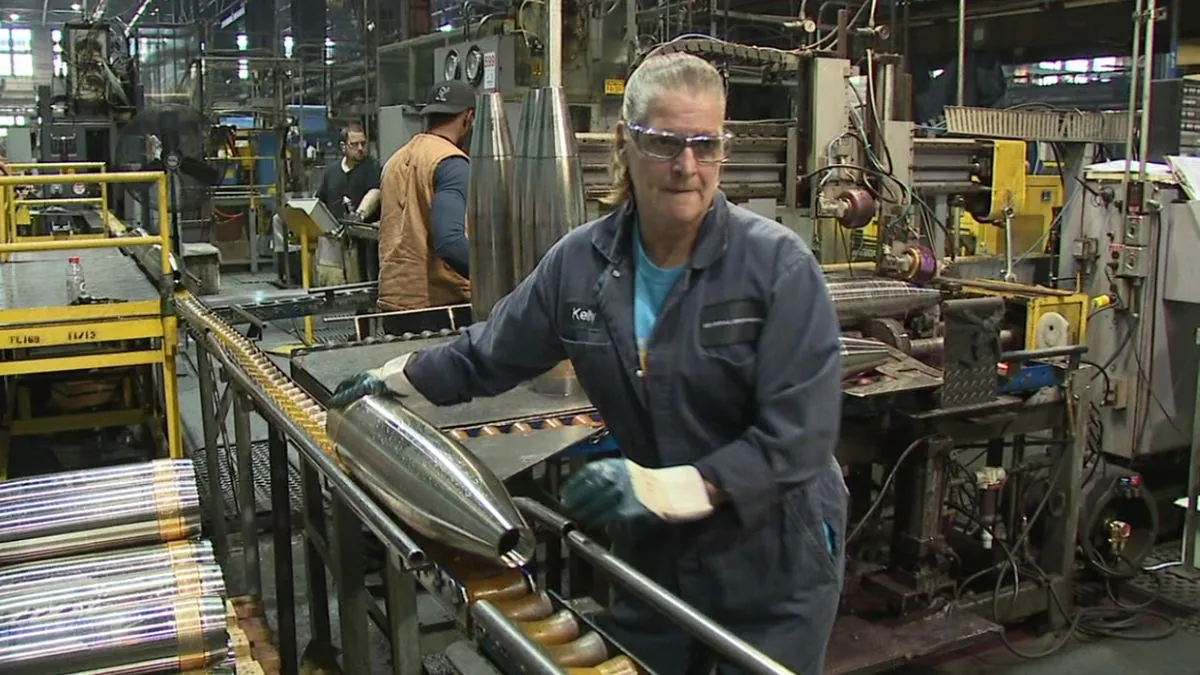Scranton's Defense Industry Boosts Economy Amid Ukraine Aid Debate
Scranton's artillery production for Ukraine is revitalizing the local economy, creating jobs and reversing decades of decline. The city balances its industrial heritage with modern economic needs, sparking debate on aid continuation.

In the heart of northeastern Pennsylvania, Scranton is experiencing an economic renaissance, driven by its pivotal role in supporting Ukraine's defense efforts. This resurgence is breathing new life into a city once known for its coal mines and textile mills, now emerging as a key player in the production of artillery shells for the ongoing conflict.
The federal government has allocated nearly $175 billion in emergency assistance for Ukraine since Russia's full-scale invasion in 2022. A significant portion of this aid remains within the United States, powering manufacturing facilities like the Army's 116-year-old ammunition plant in Scranton. This facility, which produces 155-millimeter artillery rounds, has become a symbol of the city's economic revival.
General Dynamics, the contractor operating the Scranton Army Ammunition Plant, has added over 200 jobs in the region since 2022. The plant's artillery production has more than doubled, now accounting for over a third of the 155mm rounds the United States aims to send to Ukraine monthly. This surge in production has had a ripple effect on the local economy, with other defense-related companies also expanding their operations.

The economic impact extends beyond the ammunition plant. Gentex, a military contractor in nearby Carbondale, has increased its workforce by 10 percent over the past year. Schott, a German glass firm producing high-tech optical products for civilian and military uses in Duryea, has added dozens of jobs in recent years.
This job growth is helping to reverse decades of economic decline in the region. Satyajit Ghosh, a professor at the University of Scranton, notes that the area's unemployment rate, once consistently higher than the national average, is now often better. The region has diversified its economy, branching into healthcare, education, and logistics, while hoping for a manufacturing resurgence.
"This is not a fluke. If you use unemployment rate as the marker, this would be the best I have seen, or that anyone has seen."
However, the continuation of Ukraine aid faces opposition in Washington. Conservative lawmakers have voiced concerns, with some even suggesting that Ukraine should consider surrendering territory to Russia. Despite this, supporters of the aid, including President Biden and Senate Republican leader Mitch McConnell, argue that it serves both the security and economic interests of the United States.
Scranton, birthplace of President Biden and once known as the "Electric City," is working to prove that aid for Ukraine matters as much to the local economies that manufacture the materiel. The city, with a population of around 77,000, anchors a growing region of more than 500,000 people. It's experiencing a surge in job openings across various sectors, from healthcare to construction.
However, the region faces challenges in attracting highly skilled professional workers. Officials are focusing on retaining young professionals and new college graduates, highlighting the area's affordable housing and improving quality of life. The city is set to get an Amtrak station connecting it to New York, further enhancing its appeal.
Scranton's history as a defense manufacturing hub dates back generations. The ammunition plant began as a train-building facility in 1908 and was converted by the Army in 1953. Gentex, which started as a silk producer in the 1890s, evolved to produce military parachutes and helmets during the world wars.
As Scranton balances its industrial heritage with modern economic needs, it's clear that the city is undergoing a significant transformation. The defense industry's growth is not just about economic metrics; it's about restoring pride and hope to a community that has faced its share of challenges.
Mayor Paige Gebhardt Cognetti sums up the sentiment: "To the extent that we can still have things made in America, made in northeastern Pennsylvania, made in Scranton, people want that. It's an economic opportunity and a source of pride for us here."
As Scranton continues to evolve, embracing its role in global affairs while addressing local needs, it stands as a testament to the resilience and adaptability of America's legacy cities.


































